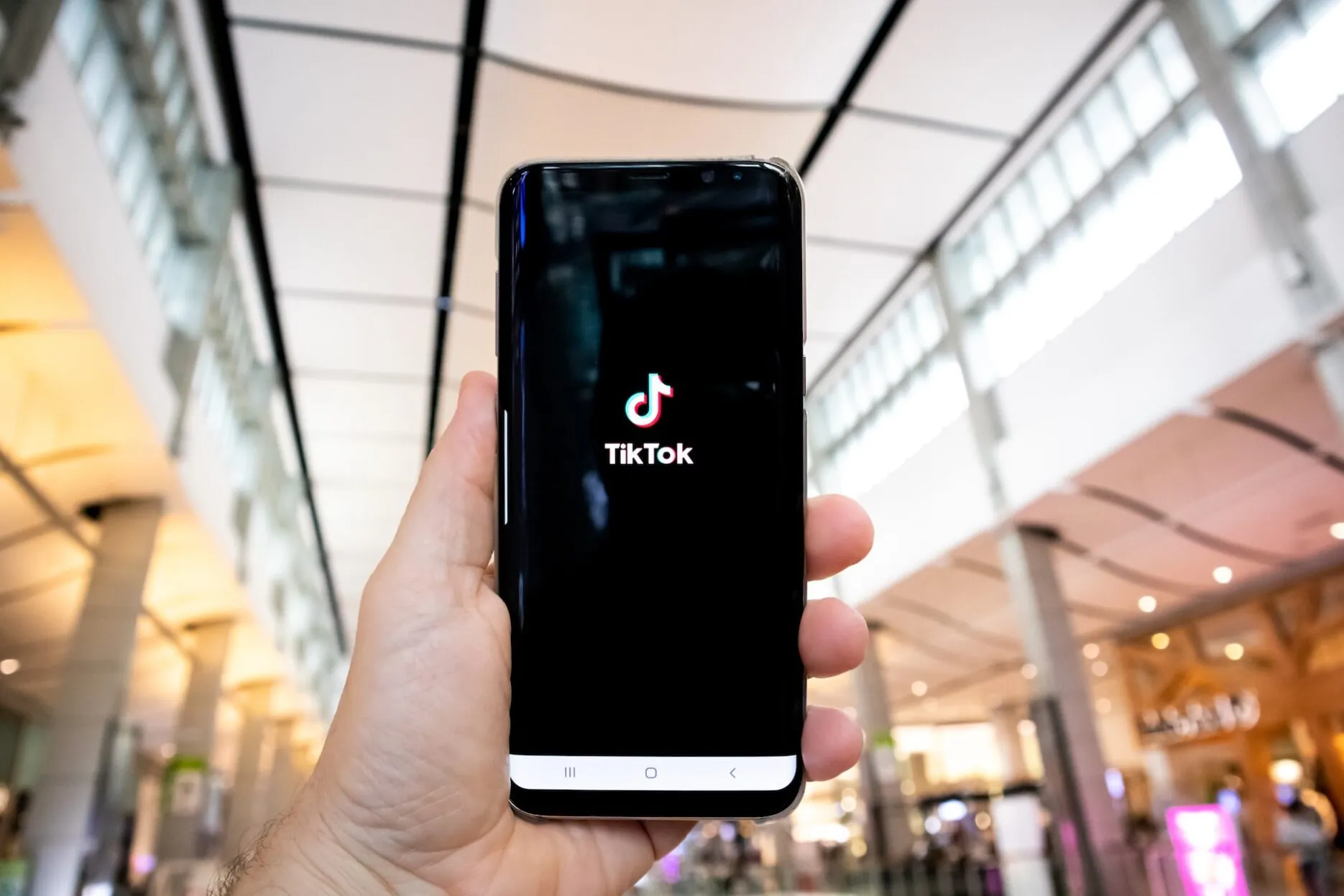Budget-friendly e-commerce sites are now one of China’s biggest exports as global cost-of-living crises have made the value-driven consumption style of Chinese consumers a necessity abroad. This phenomenon has been dubbed “Made in China, Sold by China, Marketed by China, Delivered by China”.
But with all these sites seemingly cropping up out of the blue, some of them in just the last few months, it can get confusing. This article aims to demystify the main Chinese shopping sites sweeping the world right now and how they differ from each other.
1. Temu
Owned by: PDD Holdings, a China-founded, US-headquartered retail multinational that recently became the world’s most valuable Chinese internet firm. Best-known in China for Pinduoduo, an e-commerce site that encourages group buying.
Temu is the cheapest of all the overseas Chinese e-commerce platforms with the majority of items going for under 10 USD. In the very short time it’s been around, it has become one of the fastest-growing retail sites in history, owing in large part to its aggressive promotional style and gamified shopping experience.
Temu has become one of the fastest-growing retail sites in history, owing in large part to its aggressive promotional style
Its ultra-low prices and seeming out-of-the-blue emergence have sent Google searches for ‘Is Temu legit” skyrocketing this year. But there is an easy explanation: Temu lets China-based suppliers sell directly to consumers, cutting out the middleman. The suppliers sell at wholesale rates, meaning customers sometimes get products at 90% cheaper than retail prices.
Temu stocks a wide range of household goods and novelty items (including many unlicensed branded products) and operates in 48 countries across North America, Europe, the Middle East, Southeast Asia, and Latin America. Temu also boasts free shipping, but this will eventually have to be revoked as the site is currently losing an average of 10 USD per order, which it sees as an investment in building a loyal consumer base.
2. SHEIN
Owned by: Nanjing Lingtian Information Technology, though there is some mystery surrounding this as the company is not yet publicly listed and the founder has a minimal presence online. One possible explanation is that the owners are keeping a low profile to avoid the kind of scrutiny faced overseas by ByteDance.
Unlike Temu, SHEIN is an apparel brand in its own right, giving it advantages in cross-border logistics and fulfilment
SHEIN started out as a fast fashion brand in the vein of ASOS and Boohoo.com, but it is now pursuing an expanded model in the form of SHEIN Marketplace. So besides chasing long-time rivals Zara and H&M, SHEIN is now also competing with the likes of Amazon – and of course fellow Chinese upstart Temu.
Unlike Temu, SHEIN is an apparel brand in its own right, so it can design and manufacture products, giving it advantages in cross-border logistics and fulfilment. The integrated Marketplace will offer customers the best of both worlds, with SHEIN’s own apparel designs (courtesy of its pioneering “real-time fashion” model) available alongside a wide array of miscellaneous offerings from third-party sellers.
The Marketplace initiative aims to support small businesses worldwide by offering them the chance to benefit from the brand’s real-time insights and on-demand production capabilities. This means third-party sellers won’t be exclusively China-based, as in the case of AliExpress and Temu, meaning potentially higher prices but also quicker delivery times.
Compared to Temu, SHEIN Marketplace has been taking a slower route to global expansion since its 2023 launch. The platform has seen successful launches in major markets like Brazil and the US and entry into some Western European markets is slated for this year.
3. AliExpress
Owned By: Alibaba, creators of China’s Amazon equivalent Taobao and the Single’s Day (Double 11) shopping festival.
Established way back in 2010 and far less buzzy than its counterparts, AliExpress has had a slow rise to the top
AliExpress is the dark horse of this list. Established way back in 2010 and far less buzzy than its counterparts, AliExpress has had a slow rise to the top of global e-commerce. This has given it the advantage of attracting much less controversy compared to the others, which have all been mired in high-profile scandals over alleged issues with their business practices (e.g., design plagiarism, environmental harm, political interference).
AliExpress’ business model is much like Temu’s: it sells affordable products across a wide range of categories by connecting international consumers to sellers based in China. The key difference is that AliExpress is much more established. Over 14 years in business, the service has nurtured strong relationships with reliable suppliers, so it sells better quality products on average than Temu.
While it operates in virtually every country in the world, AliExpress has had the most success so far in Europe. Impressively, the platform recently ranked as the no.1 e-commerce platform in the continent, outstripping American sites Amazon, eBay, and Etsy as well as newer Gen Z favourites like Vinted.
4. TikTok Shop
Owned By: ByteDance, most famous in the West for its flagship short video app TikTok. The Beijing-headquartered company also launched an Instagram alternative called Lemon8, which flopped.
This is the only social commerce site on the list, of which China has many successful examples within its own borders, like Xiaohongshu and Douyin (TikTok’s sister app in China). Like SHEIN Marketplace, TikTok Shop aims to connect international shoppers to sellers within their region, rather than just China-based sellers.
TikTok Shop is already hugely successful in Southeast Asia, but the next step is to grow its presence in the US
TikTok Shop operates inside the original TikTok app, allowing it to tap into its astronomical userbase and unparallelled content algorithm. TikTok is already a hub for commerce, as many small business owners create entertaining short video content to reach a wider audience on the app. Views may eventually convert into purchases, and success on the app can lead to a another separate income stream if the channel becomes monetizable. TikTok Shop essentially improves conversion rates for businesses by streamlining the process by which viewers can make purchases.
TikTok Shop is already hugely successful in Southeast Asia, but the next step is to grow its presence in the US. With its massive MAU of 150 million in the US, the venture seems like it would have an easy path to success, but the appetite for live shopping is much lower than in Southeast Asia. In the West, live shopping still has a strong association in people’s minds with traditional TV shopping channels, giving it a tacky, inauthentic feel.
Besides Southeast Asia, TikTok Shop launched in the US in September 2023 and is slated to launch in Latin America in the near future.









